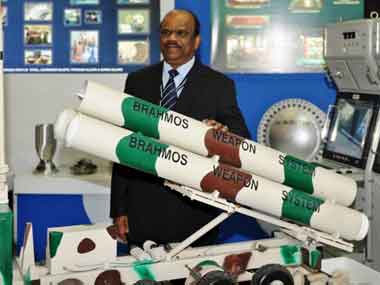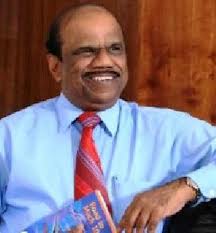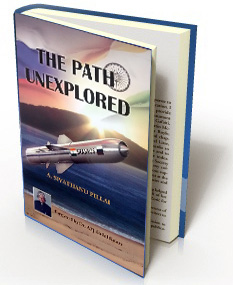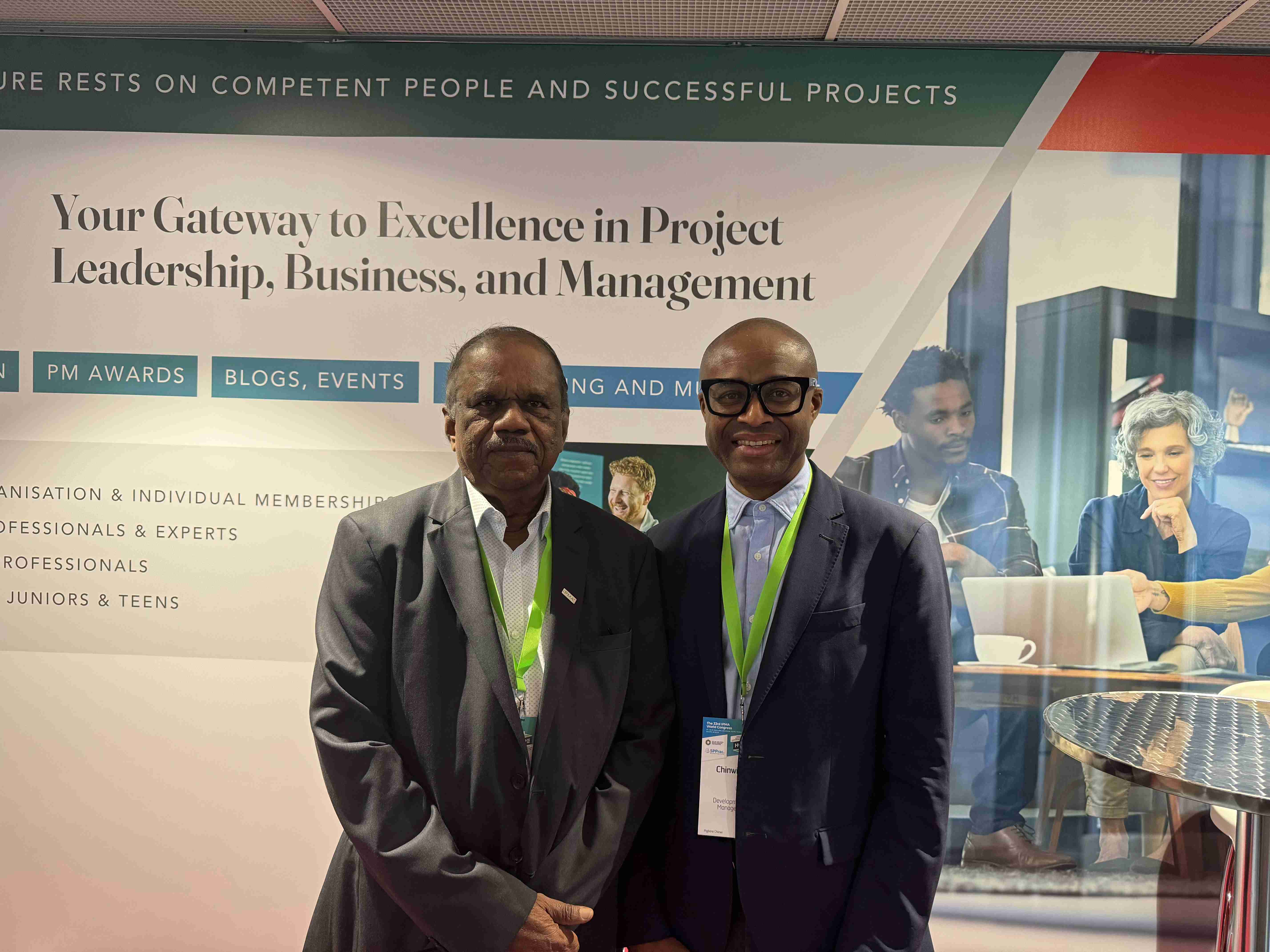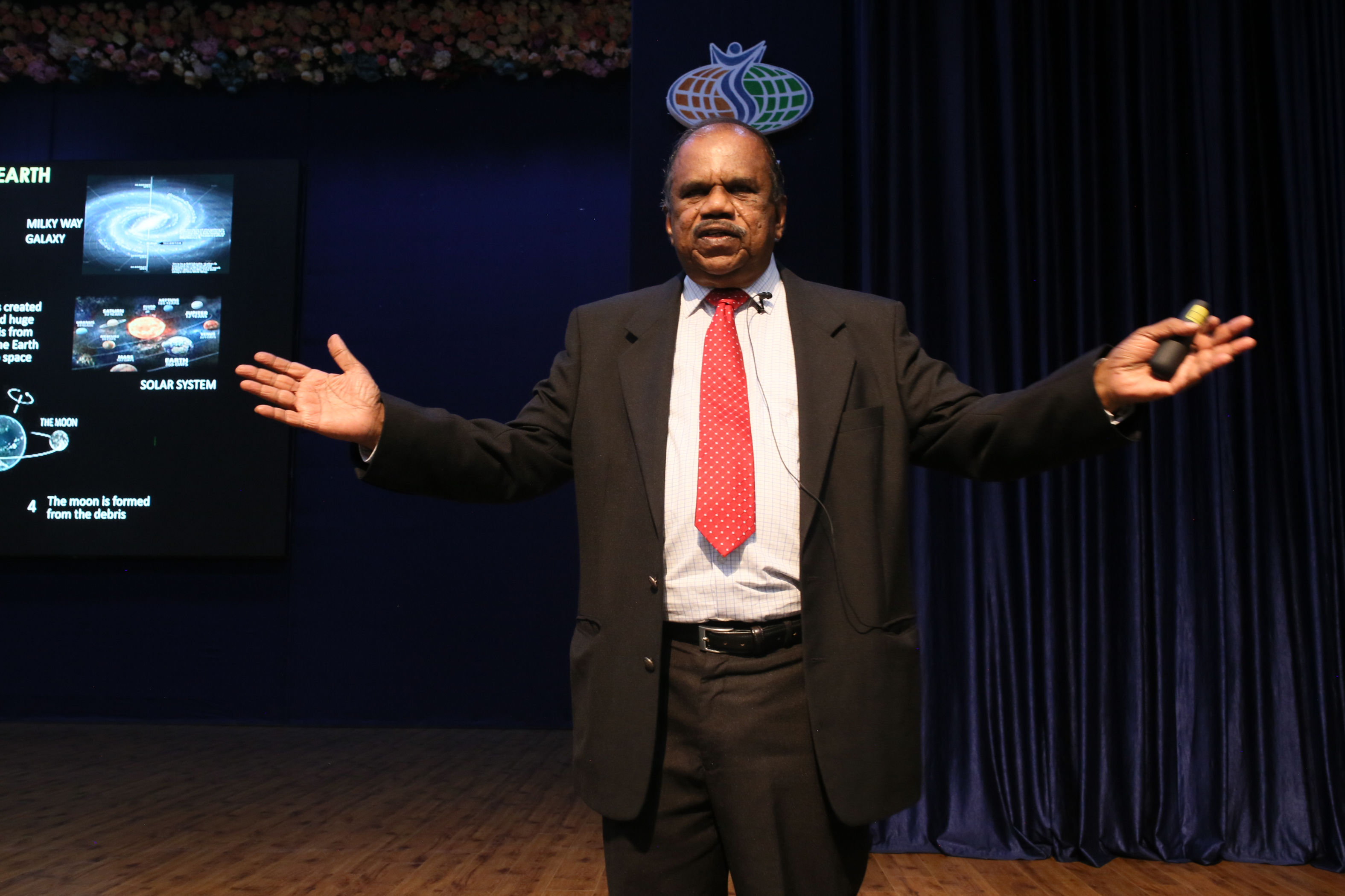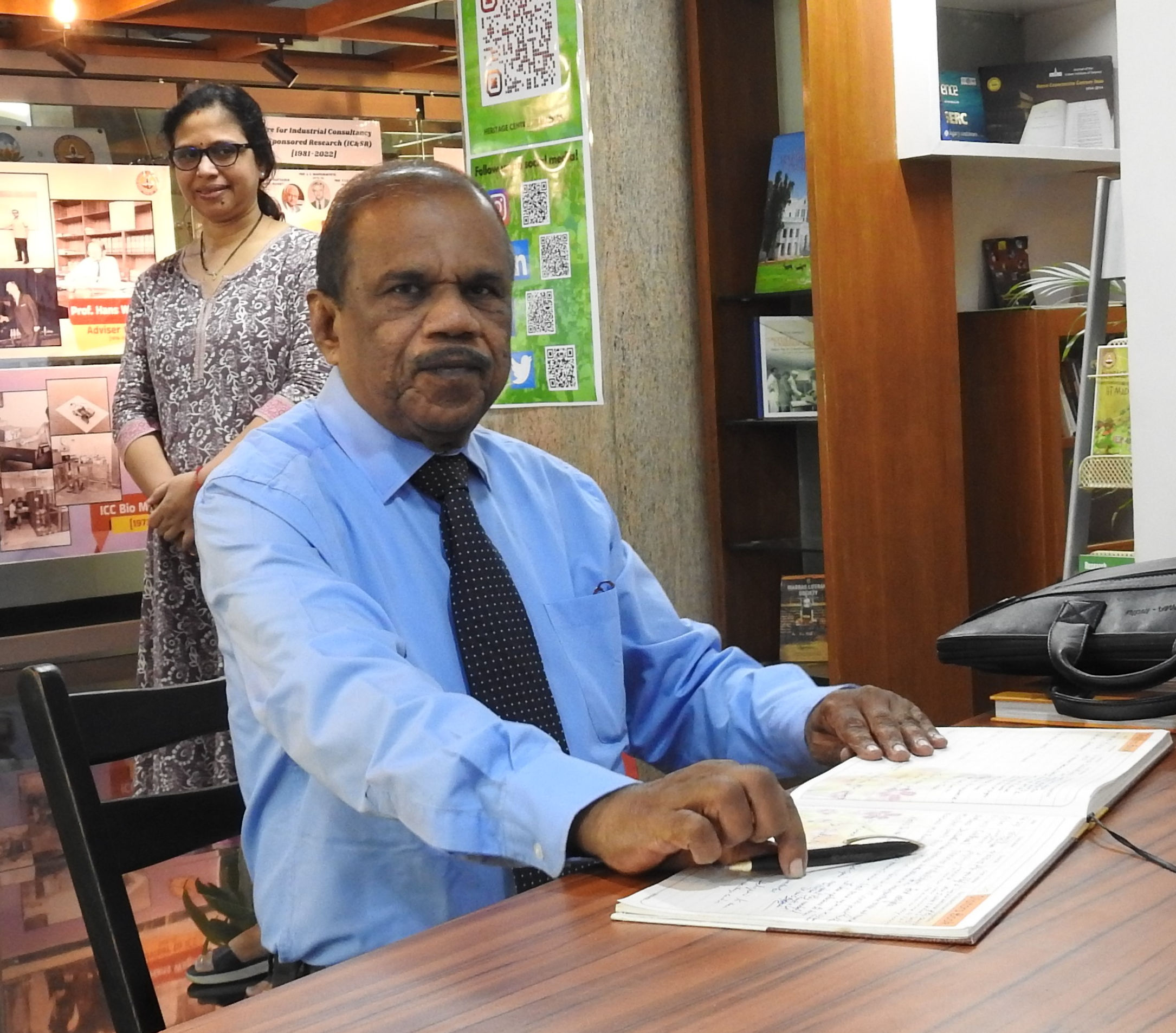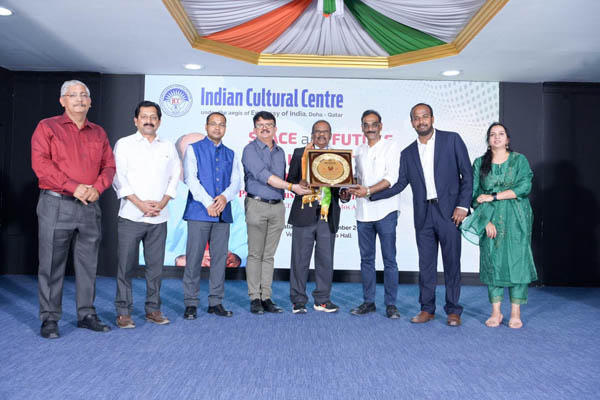CONVOCATION ADDRESS
Military College of Electronics and Mechanical Engineering (MCEME)
By
DR A SIVATHANU PILLAI
DISTINGUISHED SCIENTIST & CHIEF CONTROLLER (R&D) & CEO & MD BRAHMOS AEROSPACE
23 December 2011
Lt. Gen. NB Singh, Director General EME and Senior Colonel Commandant, Maj. Gen. Amarjit Singh, Officiating Commandant MCEME, members of the faculty, distinguished guests, invitees, graduates of the 89th Degree Engineering & 16th Technical Entry Scheme courses, Friends from the media, ladies and gentlemen. I am indeed delighted to be with you in your Graduation Ceremony. My congratulations to all the graduating officers and also to the proud recipients of M.Tech parchments. For all of them, it is the culmination of years of hard work and recognition of their high merit. I am confident that the knowledge, skills and attitude imbibed by each one of you in this great institution will stand you in good stead during your future career. On this occasion I would like to share some thoughts with you.
Changing Dimensions of War Theatre
Friends, we belong to a great Nation. In the 18th century, an interesting innovation happened in India in using, first time, a war rocket. Tipu Sultan used the world’s first war rocket in the Srirangapatna war in 1792, launched in huge numbers against the British cavalry. Tipu’s rockets of that period were much more advanced than any known weapon used in the war. They were far superior to Chinese fire arrows and the Trebuchets of Greek. Tipu’s rocket consisted of a tube of 60 mm dia and 250 mm long with 2 kg gun powder, fastened to a sword which can reach to a range of 1 to 1.5 km. The metal cylinder used was made of hammered soft iron. The use of iron increased bursting pressure which permitted the propellant to be packed to greater densities thus giving the rocket a higher thrust and range. The rocket is a decorated display in the Woolwich Artillery Museum in London. Moreover, Tipu had trained rocketeers as a special force.
War weaponry had gone through various phases of development, particularly during 20th century, in the two World Wars, new weapons and platforms were introduced. The warfare had been shifted from human centric to platform centric. The most significant development was the V2 rocket – the first guided missile developed by the Germans deployed in the Second World War. Cold war during 1945 to 1990 have seen spectacular technological progress leading to ICBMs, Nuclear submarines, stealth frigates, newer battle tanks and military satellites. Recently, the Tomahawk cruise missiles of America were used in the Gulf wars. The warfare has come a long way to intelligent and autonomous systems with faster operations and precision deliveries in a network with sensors and weapons. Network centric warfare enables a shift from attrition style warfare to a much faster and more effective war-fighting style characterised by the new concepts of speed of command and self synchronisation. Strategically, it allows an understanding of all elements of battle space and battle time, operationally it provides a close linkage between the units and the operating environment, and tactically it provides speed.
Technology Dominates
I emphasize the need for the maximum possible use of our own talent and capabilities because bilateral and multilateral technology denial regimes targeting India still remain by and large in place. Further the strategic needs of a country are to be met through indigenous efforts. Our success in space, nuclear energy, defence and IT are noteworthy. When required, we have done wonders. In the Integrated Guided Missile Development Programme, many critical technologies were to be built indigenously with available technology base. With the involvement of young graduates like you, many critical technologies such as high accuracy inertial guidance system for Prithvi, carbon-carbon technology for re-entry, supercomputers for Computational Fluid Dynamics, Phase shifter for phased array radar for multi-target handling for the surface to air missile Akash, Imaging infrared seeker for Nag, to name a few, had been accomplished. Once the country acquires technology strength, then only it is really recognised by the world countries. STRENGTH RESPECTS STRENGTH. The biggest hurdle in realising indigenous technologies is the brain drain due to the attraction offered by developed countries for our best talent pool. We also need our best minds to work in India in research and development and for our armed forces. You have chosen the right path to serve the nation. I congratulate you. If we have to advance better than the developed countries, we have to go for selective technological partnership in the form of Joint Venture. By harnessing the core competencies of the countries through collaborations, highly advanced technology products can be realised in shortest possible time. The India – Russia Joint venture BrahMos is an example of International Joint Venture for joint design, development, production and marketing of Advanced Supersonic Cruise missile. The missile flies at the speed of 3 Mach giving no room for the enemy to react. Supersonic speed, precision and power along with built in intelligence and stealth prove that this versatile missile will determine the victory in the battlefield. Indian Army is the only Land Force in the world to have the most advanced supersonic cruise missile regiment. All countries have only subsonic cruise missiles.
Futuristic Technology
In Futuristic Warfare, the technology turns to unmanned system and cyber war. With the advent of Nano technology and smart materials and with the convergence of Biotechnology and Info Technology, autonomous systems gain importance over the human beings. Introduction of “Brain on Chip” in the autonomous systems for combat mission execution will no doubt revolutionise the future battlefield operations. Future warfare will see the intelligent autonomous systems in all spheres of war. Already tactical Unmanned Aerial Vehicles (UAV), Micro Aerial vehicles, Unmanned underwater systems, Stealth Ships have come. Similarly, hypersonic regimes of operations of the missiles will enable the fastest operation with low detectability and minimum time to reach by distance. I can see in the future a reusable hypersonic missile will replace ballistic missiles, combat aircraft reconnaissance systems and platforms. Hypersonic missiles can penetrate even heavily defended targets, Reusability will drastically reduce the operational cost of the missile systems and also will open up multiple applications for missiles including reconnaissance, payload delivery and damage assessment.
Self Reliance
Friends, These technological competencies give self-reliance which is an eternal wealth for the nation. Sooner we realize the importance of this wealth is better for prosperity. Self-reliance provides complete knowledge and unleashes a boundless energy and flair to exceed the expectations and goal set by self. It synergizes the efforts and entices others to have collaboration and joint ventures as equal partners. The country has got technological and industrial strength. Involvement of consortium of Public and private industries as Defence Industry Complex to produce Defence products, can easily achieve our dream of 70 percent indigenisation from the current level of 45 percent and will totally transform the Defence industry in the country. Self-reliance is not just a function of members or of percentages. At its heart it is our ability to clearly define those strategic and critical areas in which development of national capability is a must. The Technology Vision 2020 road map emphasizes the critical technologies and strategic sector industries as one of the five major areas for attaining the Developed India status.
Technology has a crucial role to play in the knowledge age. All of you represent the sharpest of intellect and the finest of military professionals. To cope with rapid technological change in a competitive world, you have to be flexible and nimble, constantly on the look out for new ideas and innovations which might make existing products and at times also existing ways of doing business, obsolete. As you progress in life, experience of new technologies will envelop very element of your professional and personal life. This is not to flatter you. This is to underline the expectations of organization from each and every one of you and to highlight the responsibility your teachers are passing on to you.
Conclusion
Not only the technological advancements, the winds of change are also sweeping through the army, changing organization models and concept of operations. These changes should be seen and perceived as opportunities allowing a greater degree of freedom in combat. The Indian army, which is at the forefront of defending our nation from any aggression, helps us to stand tall. You all should be proud of being a part of such an institution, where each member rises to the occasion. Rapid advances in technology are relentlessly fuelling all these changes at a rate that is both awesome and exhilarating, depending on which side you are on. Your challenge is to harness these technologies for the Army and ensure that each and everyone is touched by this change.
One visualizes an increasing role for you in the areas of Inventory Management, Product Improvement, In-House R&D, Inspections and Warranty Management and upgradation of equipment. You may be new to these areas but with enhanced level of responsibility you have to shoulder in the years to come, you will have to face these new challenges. Modernization of the Indian Army is progressing at a very fast pace. You, as equipment engineers, would need to have a thorough understanding of such technologies and help in maintaining high reliability and availability of equipment as these will find increasing application in our environment. Jointly working with R&D scientists will help in carrying out such tasks.
I join you in celebrating this proud moment - an important milestone in your life. MCEME is a premier technical institution of the Indian Army. It enjoys an enviable reputation for academic excellence and training infrastructure. The officers trained as engineers at this college are known for their skill and professional competence. Those of you who are graduating today will, no doubt, add further to this illustrious record. Over the years, the pass outs have developed and evolved into a formidable force, displaying a high degree of professionalism and the most outstanding level of commitment to their responsibilities. It is indeed a matter of pride that India has such a committed and well trained force, a force that is second to none in the world.
On this special occasion, I heartily congratulate all the awardees and the entire MCEME fraternity. I wish you all every success in all your future endeavours.
May God bless you.
JAI HIND





